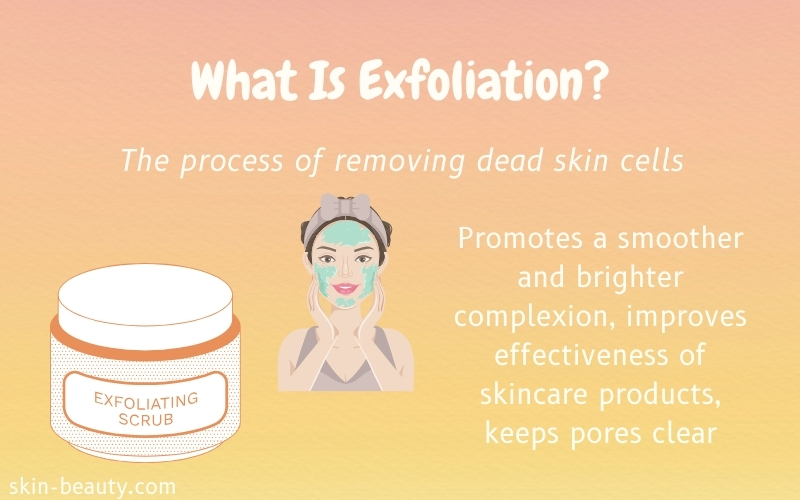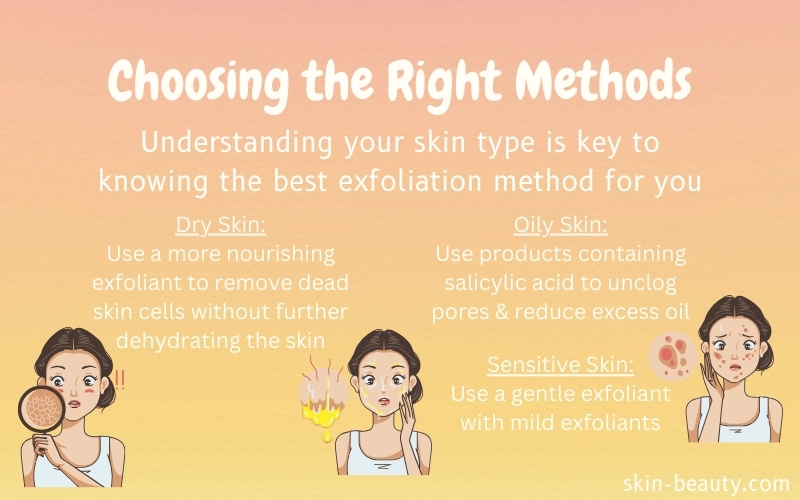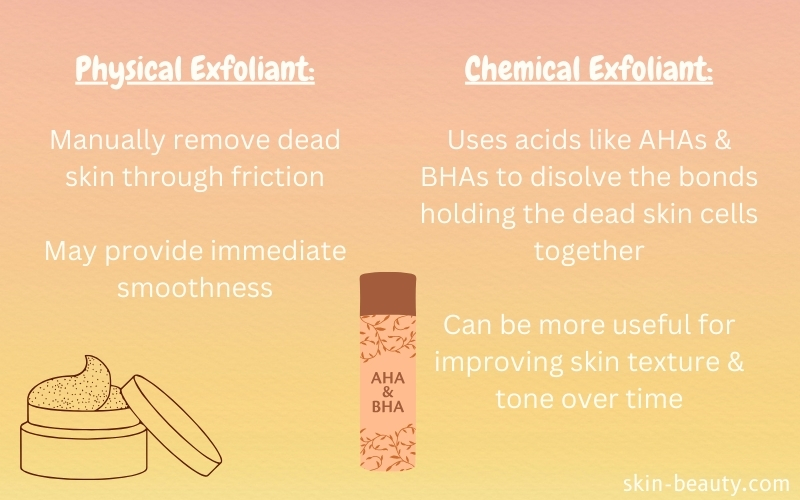How to Properly Exfoliate: The Ultimate Guide
How to Properly Exfoliate: The Ultimate Guide
Exfoliation is an essential step in any skincare routine, yet many people are unsure of how to do it properly. In this ultimate guide, we will delve into the world of exfoliation, covering everything from the basics to the finer details of choosing the right exfoliation method for your skin type, and troubleshooting common concerns.
What is Exfoliation and Why is it Important?

Understanding exfoliation is the first step towards achieving healthy and radiant skin. Exfoliation is the process of removing dead skin cells from the outer layer of your skin. This build-up of dead skin cells can lead to skin looking dull, and rough, and may even clog pores, potentially causing acne and other skin issues.
Exfoliation offers numerous benefits for your skin, including promoting a smoother and brighter complexion, improving the effectiveness of your skincare products, and helping to prevent skin issues by keeping your pores clear.
However, there are some common misconceptions about exfoliation, such as the belief that exfoliating daily will result in smoother skin, when in fact, over-exfoliation can damage the skin, leading to irritation and other concerns.
Choosing the Right Exfoliation Method for Your Skin Type

Identifying your skin type is crucial in determining the best exfoliation method for you. Whether you have dry, oily, sensitive, or acne-prone skin, there is an exfoliation method that suits your skin's needs. It's essential to choose the right exfoliation method to avoid causing irritation or worsening existing skin issues.
For sensitive skin, it's important to exfoliate gently using mild exfoliants. On the other hand, those with oily skin may benefit from exfoliating with products containing salicylic acid to help unclog pores and reduce excess oil. Dry skin may require a more nourishing exfoliation method to remove dead skin cells without further dehydrating the skin.
Understanding your skin type and the best exfoliation method for it is key to maintaining a healthy exfoliation routine.
Step-by-Step Guide on How to Exfoliate Your Skin
Proper preparation and cleansing are important steps before exfoliation. Start with a gentle cleanser to remove any impurities from your skin. Once your skin is clean and damp, you can proceed with exfoliation using your chosen method.
Application techniques may vary depending on your skin type. Those with sensitive skin should exfoliate in a circular motion using light pressure, while individuals with oily or acne-prone skin may benefit from a slightly firmer touch to thoroughly cleanse their pores.
For acne-prone skin, it's important to effectively exfoliate without exacerbating the condition. Using exfoliants containing salicylic acid can help to penetrate the pores and prevent breakouts.
Understanding Different Exfoliants: Physical vs. Chemical

Physical exfoliants work by manually removing dead skin cells through friction, whereas chemical exfoliants use acids like AHAs (alpha hydroxy acids) or BHAs (beta hydroxy acids) to dissolve the bonds holding the dead skin cells together.
The choice between physical and chemical exfoliants depends on your skin's response and the results you aim to achieve. While physical exfoliants may provide immediate smoothness, chemical exfoliants can be more effective in improving skin texture and tone over time.
When using chemical exfoliants, it's essential to follow best practices to avoid over-exfoliation. Always start with a lower concentration to prevent skin irritation and gradually increase as your skin responds.
Troubleshooting Exfoliation: Dealing with Skin Irritation and Other Concerns
If you experience irritation from exfoliation, it's important to address it promptly. Switching to a gentler exfoliation method and ensuring your skin is adequately hydrated can help alleviate irritation and prevent further damage.
Over-exfoliation can lead to a compromised skin barrier, resulting in sensitivity and a weakened skin texture. To prevent this, adjust your exfoliation routine according to your skin's changing conditions, and listen to your skin's needs.
It's crucial to take extra care when exfoliating darker skin, as it can be more prone to post-inflammatory hyperpigmentation. Always consult a board-certified dermatologist for personalized advice on your exfoliation routine to prevent skin damage.
Recent Posts
-
Peptides For Skin: Exploring the Anti-Aging Benefits of Peptides in Skincare
Exploring the Anti-Aging Benefits of Peptides in Skincare In the universe of advanced skincare, th …Apr 25th 2024 -
Discover the Perfect Glasses & Styles to Enhance Your Rectangle Face Shape!
Your face shape plays a significant role in determining the most flattering hairstyles and makeup te …Apr 17th 2024 -
Moroccanoil Treatment for Hair: The Ultimate Guide
Moroccanoil Treatment for Hair: The Ultimate Guide In the world of hair care, few products have ca …Apr 1st 2024




